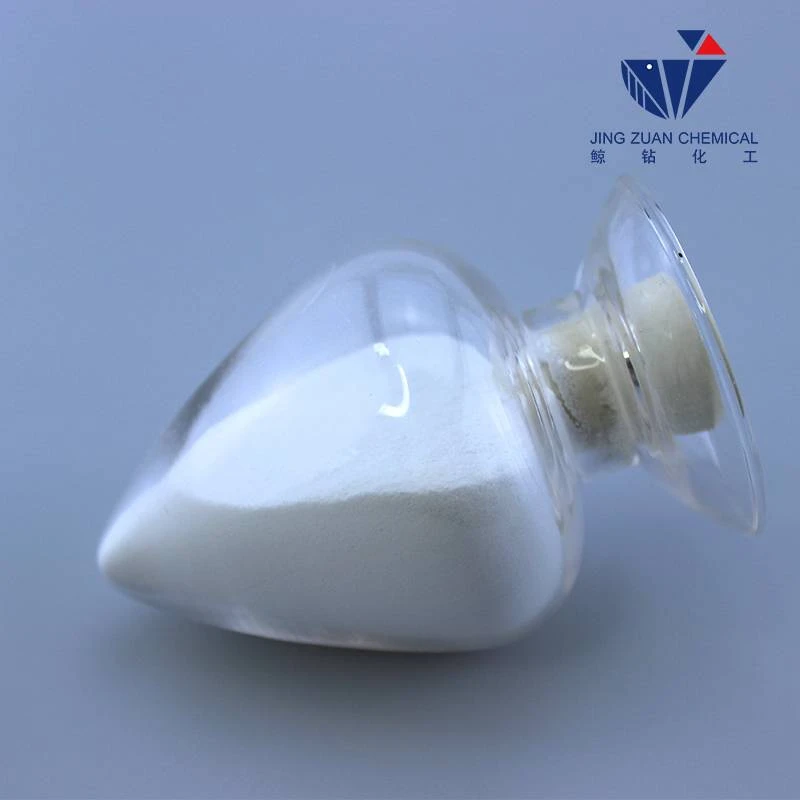
Okt . 30, 2024 11:21 Back to list
rdp polymer
Understanding RDP Polymer A Breakthrough in Material Science
RDP polymer, or Redispersible Polymer Powder, is paving the way for innovative applications across various industries, particularly in construction and coatings. This advanced material serves as a versatile binder, enhancing the properties of cement-based and gypsum-based formulations. RDP polymers are produced in a powdered form, which upon mixing with water, redisperses to form a stable emulsion. Their unique characteristics make them an indispensable component in modern construction materials.
One of the primary advantages of RDP polymers is their ability to improve the flexibility and adhesion of mixtures. This property is crucial, especially in construction applications where materials are exposed to varying environmental conditions. Builders and contractors benefit from RDP polymers as they help create flexible yet durable structures that can withstand thermal expansion and contraction.
Understanding RDP Polymer A Breakthrough in Material Science
Moreover, RDP polymers are known for their water resistance and workability. Adding RDP to formulations results in enhanced water retention properties, which allows for better application and longer working times. This translates to easier manipulation and application for construction workers, leading to more efficient workmanship and reduced waste during the installation process.
rdp polymer

In the realm of coatings, RDP polymers are equally transformative. They contribute to the performance of exterior and interior paints, improving their resistance to moisture, UV degradation, and cracking. The incorporation of RDPs in these formulations allows for the development of high-quality, long-lasting finishes that can cope with the rigors of harsh weather conditions.
Sustainability is another critical aspect where RDP polymers show potential. As the construction industry increasingly emphasizes eco-friendly practices, the use of RDPs can aid in the development of greener products. They often allow for reduced cement content in formulations without compromising strength, thereby decreasing the carbon footprint associated with traditional cement use. Furthermore, RDPs can facilitate the incorporation of recycled materials, contributing to a more sustainable construction process.
The versatility of RDP polymers makes them suitable for various applications beyond construction. Their properties have been harnessed in the realms of adhesives, sealants, and even certain types of composites. The ongoing research into RDP polymers aims to explore even more innovative applications, further solidifying their role as an important component in material science.
In conclusion, RDP polymers represent a significant advancement in the field of material science, with applications that enhance the performance and sustainability of various products. Their ability to improve flexibility, adhesion, and mechanical strength positions them as a crucial ingredient for modern construction and coatings. As industries continue to seek more efficient and sustainable solutions, RDP polymers will undoubtedly play a crucial role in shaping the future of material design and application.
-
Versatile Hpmc Uses in Different Industries
NewsJun.19,2025
-
Redispersible Powder's Role in Enhancing Durability of Construction Products
NewsJun.19,2025
-
Hydroxyethyl Cellulose Applications Driving Green Industrial Processes
NewsJun.19,2025
-
Exploring Different Redispersible Polymer Powder
NewsJun.19,2025
-
Choosing the Right Mortar Bonding Agent
NewsJun.19,2025
-
Applications and Significance of China Hpmc in Modern Industries
NewsJun.19,2025







